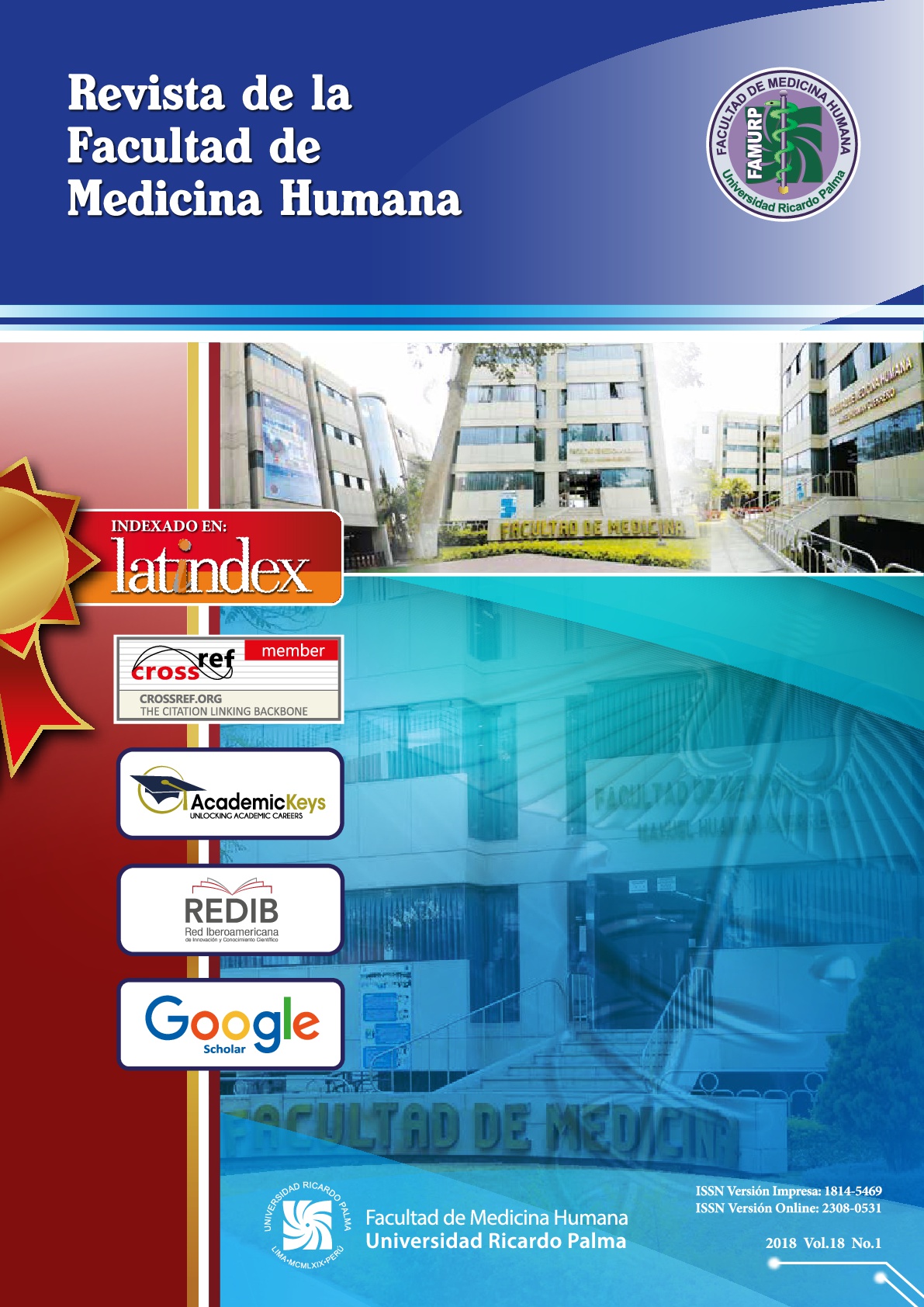Leiomiosarcoma de vena cava reporte de un caso
Leiomiosarcoma de vena cava, report of a case
Palabras clave:
Leiomiosarcoma, Vena cavaResumen
AbstractThe leiomyosarcomas of the inferior vena cava are tumors so rare that it is estimated below 200 welldocumented and published patients. Its incidence is higher in women and frequently appear between 50- 60 years. They originate in the muscle cells of the middle layer of the venous wall, present an extraluminal growth, being more rare to find exclusively intraluminal growth and have, in general, a slow progression and a poor prognosis. The symptoms are nonspecific causing the diagnosis to be made late; This generates great comorbidity despite its slow growth. The diagnosis is made through imaging and guided biopsy, but the exact origin of the tumor is usually discovered during the surgical procedure and especially after the definitive histological study. Surgical treatment is the only one that has described changes in survival. We report the case of a 71-year-old woman with a diagnosis of leiomyosarcoma of the inferior vena cava treated with surgery and postoperative radiotherapy with tumor-free survival at 5 years.
Key words: Leiomyosarcoma; Vein cava. (source: MeSH NLM)
DOI: https://doi.org/10.25176/RFMH.v18.n1.1273


Descargas
Descargas
Publicado
Cómo citar
Número
Sección
Licencia
Derechos de autor 2022 Revista de la Facultad de Medicina Humana

Esta obra está bajo una licencia internacional Creative Commons Atribución 4.0.





































